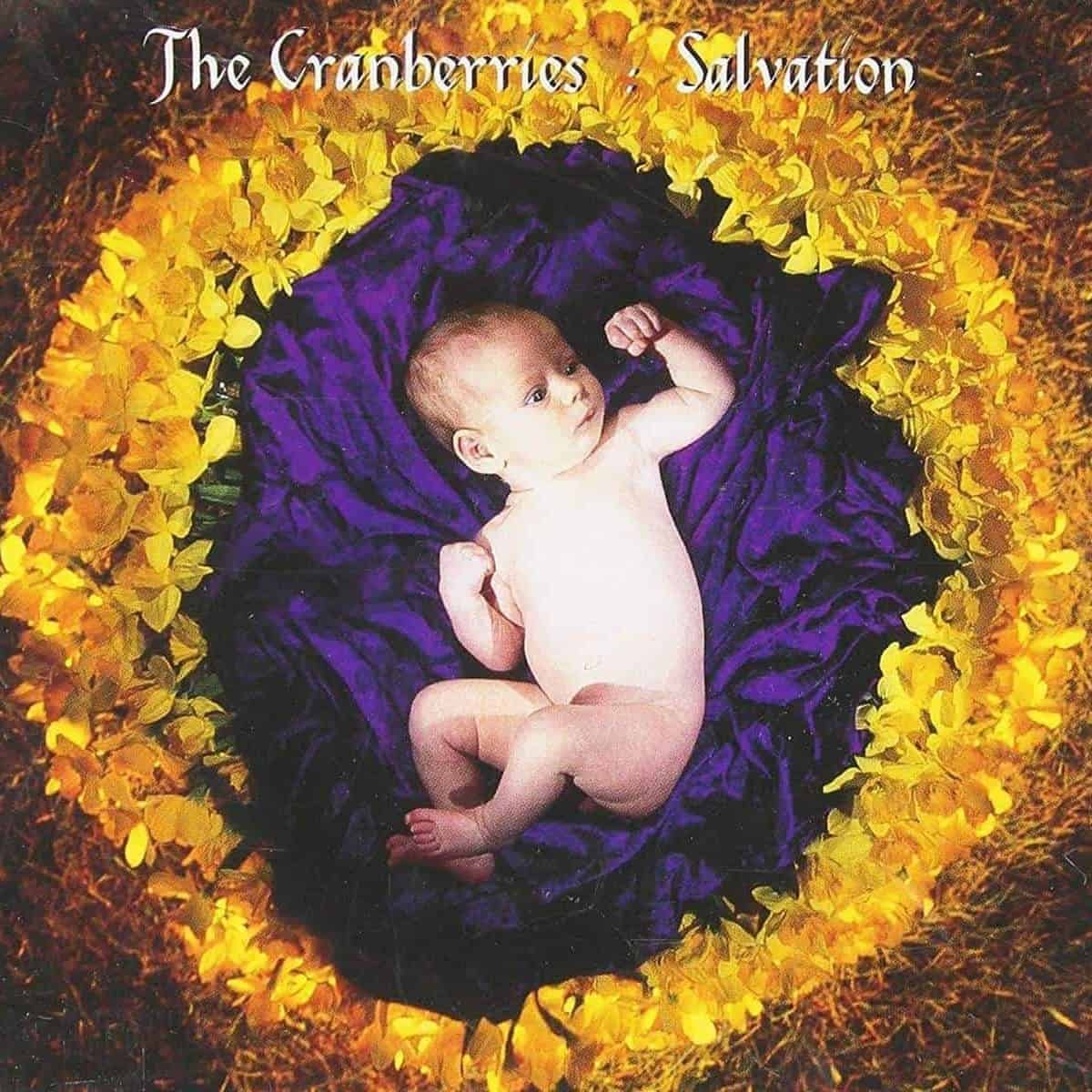Nothing could have prepared me for f(x)'s "NU ABO" at 13. The cover showed a young woman blindfolded, the title melting off the right side. The music video cast five young women in a tiny stage, changing outfits and dancing less in the cutesy pointing of Girls' Generation's smash hit "Gee" and more like the coordinated locking of SHINee's "Lucifer." And the music: bold, bratty, delightfully aggressive. What "NU ABO" meant, I didn't know at the time. f(x) were befuddled by the lyrics too, it turns out. (I suspect no Australian was involved in the naming.) But it didn't matter when the girls (one of which, Sulli, was the cover model) were this beautiful, the music was this good, and the music video this cool. It was all so well-executed, in fact, that it is difficult to think of K-Pop today without their contributions.
f(x) debuted in 2009 from one of the oldest and biggest K-Pop labels, SM Entertainment. The group's name is derived from the mathematical notation of a function: The f stands for flower, while the x is the female chromosome. The group, consisting of members Victoria, Amber, Luna, Krystal, and Sulli, were therefore "flower reminiscent of women." Billed as an "Asia Pop Dance Group," their aesthetic focus was the cool and urban, far from the girlish image and uniform outfits that labelmates Girls' Generation sported. Individuality was the point: Victoria hailed from China, while Amber and Krystal came from the United States. They all looked strikingly different, too. Amber had a tomboyish presentation, while Sulli would sport more feminine clothing and hairstyles.
Though "LA chA TA" and "Chu~" came first, it's 2010's "NU ABO" that codified f(x)'s style: bold electronic music that bordered on noisy — "experimental" to K-Pop fans. The music met resounding success in charts and sales with 2011's "Pinocchio" and "Hot Summer," the latter a remake from German girl group Monrose. For 2012's "Electric Shock," the photoshoot cast the five girls in the woods while a bear posed behind them. It suggested the world of fairy tales and odd magic; put another way, the fantasy of a teenage girl dreaming to be a cool woman.
This theme continued on sophomore full-length Pink Tape, released 2013 — specifically its accompanying "Art Film." Set to B-side "Shadow" and inspired by the opening of Park Chan-Wook's psychosexual coming-of-age movie Stoker, the video is drenched in primary colors and evokes Renée Magritte's The Lovers II at one point, detailing a “high-teen romance” according to creative director Min Heejin. Such an art film was the first of its kind for the genre; groups usually promoted with photoshoots (called "concept pictures" in K-Pop lingo) and music video teasers. In f(x)’s case, the concept pictures were stills that continued the story of the art film. All of this put the electro-pop music in a world unto its own, one that evoked falling in love: obsessive ("Shadow"), life-changing ("Signal," "Airplane"), destructive ("Toy," "Rum Pum Pum Pum"), and self-referential ("Step," "Pretty Girl"). Coupled with award-winning album packaging, Pink Tape is now K-Pop canon, ranking all-time greatest albums list both domestically and internationally. It is also the origin of one of the coolest flips in hip-hop (courtesy of former Stereogum Band To Watch Injury Reserve) and a doo-wop Ariana Grande reject.
What made f(x) stand out from their peers — besides the trailer and their SXSW debut in 2013 – is that they neither appeared cute nor sexy. The goal wasn’t instant sexualized gratification. By 2009, with the debut of t-ara, 4minute, and 2ne1 (as well as Brown Eyed Girls' "Abracadabra"), electro-pop emerged as the alternative stream to the bubblegum pop of Girls' Generation and early Wonder Girls. Teenage girls would be dressed in skimpy skirts that required safety shorts or, in the hip-hop alternative, wear sunglasses, leggings, and hoodies. On the other hand, girl groups that remained "cute," like APink, wore uniforms and dresses that still required safety shorts. That wasn’t to say f(x) weren’t good-looking, but the music and corresponding videos didn’t immediately signal the idea of sexiness, or braggadocio, or even cuteness.
The dichotomy of sexy and cute hardened in 2014, and K-Pop releases at the beginning of that year suggested that the former prevailed. Erstwhile Wonder Girls member Sunmi as well as girl groups Girl's Day and AOA were dancing suggestively to sultry pop music. Girls' Generation themselves had shed off the girlishness and cribbed from f(x), musically speaking, on "Mr. Mr." In terms of outfits and concepts, the theme across the board was adult women (or adolescents posing as such) as sexy temptresses. This sexy era came to a sudden halt on April 16, when ferry MV Sewol sank and claimed the lives of 304 people, 205 of which high school students. Though the event had massive political repercussions, in the world of K-Pop, it meant cancelling all idol-related activities for three weeks and delaying a whole host of upcoming releases. By the time the K-Pop industry continued, it was May — a fruitful time for summer songs. R&B was out; doo-wop was in. The vibe irrevocably shifted to cutesy, brash, and fun presentations, like it did every music summer before and since.
We rely on reader subscriptions to deliver articles like the one you're reading. Become a member and help support independent media!
Once again, f(x) bucked that trend. In July, close to three months after the event, the group went for the apocalypse. Red Light, released 10 years ago this Sunday, is the only K-Pop release that can be said to definitively address the Sewol ferry disaster. In the title track's music video, Krystal holds a burning book; the group runs away from something or possibly someone, while dolls stand in line, listening — or are perhaps being indoctrinated — by a man speaking in a black-white video. The titular red light flashes, and the blaring synth recalls a siren. Coupled with an austere trap drum, the song possesses a militaristic feel; accordingly, the group wears army-inspired tank tops and shorts. A hot summer this one was not.
A year later, in the thick of 4 Walls promotions, SM producing director Lee Sung Soo confirmed that songwriter Kenzie's lyrics were a critique on the ferry incident. Reading them in the English translation, I detect a moment of a character in the midst of mayhem and panic, and then there’s the part in the bridge: "A miracle is coming/ Although it took so long," an overt reference to MV Sewol as calls for rescue began at 8:55AM and the actual rescue came three hours later, at noon. Another line that I find interesting is Luna’s in the second verse: "Boy, your excuses of trying your best/ Are just filled with doubts to me." Could it be about the crew? They were the first people to be rescued, leaving two thirds of the civilians to die. The music video is left open to interpretation — no water is present in it, for one, but the group running and the titular red light are — but f(x) and Min Heejin never spoke of it. Although the group had previously stated that they gave "a lot of input," the precise nature of their contribution has never been talked about.
Red Light included several tracks conceived in Teddy Riley's writing camp earlier that year. The venerable New Jack Swing mastermind, who had previously worked with SM Entertainment on Girls' Generation's stomper "The Boys" in 2011, would go on to contribute composing credits on "Milk" and "All Night" for this album. Red Light marked the first time overseas songwriters outweighed domestic talent in the credits, commonplace nowadays and quite lucrative. While the songwriting side on this album credits one or two Korean lyricists, the composing side is usually no fewer than two non-Koreans. If that might sound like a case of too many cooks in the kitchen, Red Light is anything but. It boasts some of the harshest synths on f(x)'s discography to date (“Rainbow," "Boom Bang Boom," "Spit It Out," "Dracula") some softer, fluffier sounds that had featured throughout their career (the light disco of "All Night," pop rock on "Vacance" and "Summer Lover"), and even riffs on stomp and holler with closer "Paper Heart."
Red Light came at a difficult time for f(x). Sulli faced critiques and name-calling for allegedly dating rapper Choiza (she was 19 going on 20 at the time, he 34), forcing her to take a hiatus. As a result, SM cut Red Light promotions short. This also meant an earlier debut for a new SM girl group, Red Velvet, whose single "Happiness" was the chipper younger sister to Katy Perry's “Roar" on August 1. Interestingly enough, Red Velvet's 2016 ballad "One Of These Nights" is suspected to be about MV Sewol too, as it featured candles, paper boats (a symbol of mourning after the incident), and water imagery, and the album cover showed member Yeri blurred – as at 18 she was the same age as most of the students who died. SM never confirmed this one, however.
Things got quiet for f(x) after Sulli took a hiatus. She officially left the group in August 2015; a month after that, f(x) rebranded as a quartet for the fourth album, aptly titled 4 Walls. To promote it, an exhibit in a see-through glass cube was installed in Itaewon, combined with a vibey remix of the title track. The "4 Walls" music video featured no choreography and little explanation to its supernatural events. The music itself was a chilly deep house track that offered none of the playfulness of earlier singles. As their most consistent-sounding record, which offered a removed approach to the 80s synth drama of Wonder Girls’ REBOOT and Carly Rae Jepsen’s E•MO•TION of the same year, it’s little wonder that the album was the first K-Pop record to be reviewed by Pitchfork (a reputable 7.3).
After 4 Walls, f(x) performed with Pet Shop Boys at the Mnet Asian Music Awards, held their first (and only) concert in Japan, and in early 2016 finally gave their fans a name: MEU. Fan groups in K-pop, like BTS' ARMY, are usually given names about a month or so after they debut; f(x) fans had to wait six years for it, which was and remains an exception to the rule. After two more singles, the Christmas banger "Wish List” and the EDM track "All Mine,” they were left to the wayside. Luna and Amber teamed up for “Lower" in 2018. Then, inactivity. Malicious comments never ceased for Sulli, who had long battled depression and anxiety; she died by suicide in 2019 at 25. The others left SM one by one and now follow their own muse.
f(x) have not been lost to the annals of time. The group has been subject of tributes from more recent K-Pop acts, and they left their mark musically, too. Only two years after "Red Light," boy band and labelmates NCT 127 would adapt that sound to far stronger reception and international attention. Red Velvet and aespa, too, bear the f(x) fingerprint and indulge in fantasy worlds whenever the chance arises. Meanwhile, Min Heejin left SM to found ADOR, helming girl group NewJeans since 2022. She brought some of f(x)'s sensibilities to that group as well, with the music video to "ASAP" in particular serving as a loving ode to f(x)'s Electric Shock photoshoot. NewJeans' main producers, 250, have worked on an official "4 Walls" remix as well.
Almost 10 years after 4 Walls, the name f(x) is invoked whenever the sound veers to dance and the music video off-kilter in presentation. Every garage track in K-Pop of the past two years owes a little to "4 Walls.” Album trailers have become part and parcel of promotion (including for American artists!), and the careful album packaging of K-Pop albums today is difficult to imagine without Pink Tape starting it all. The closest I've come to seeing and hearing f(x) lately was with girl group IVE. 2022's "Love Dive” references the "NU ABO" choreography, while "Blue Heart" from this year's IVE SWITCH would not have been out of place on an f(x) record with its skittering garage beat, Auto-Tuned vocals, and bouncy synths. It's not just K-Pop: British artist PinkPantheress interpolated NU ABO B-side "Ice Cream" for "another life" and sampled "Sweet Witches" in another track that has yet to be released in full. In 2024, f(x) is still fresh and unique. That's what "NU ABO" means: a new blood type.






